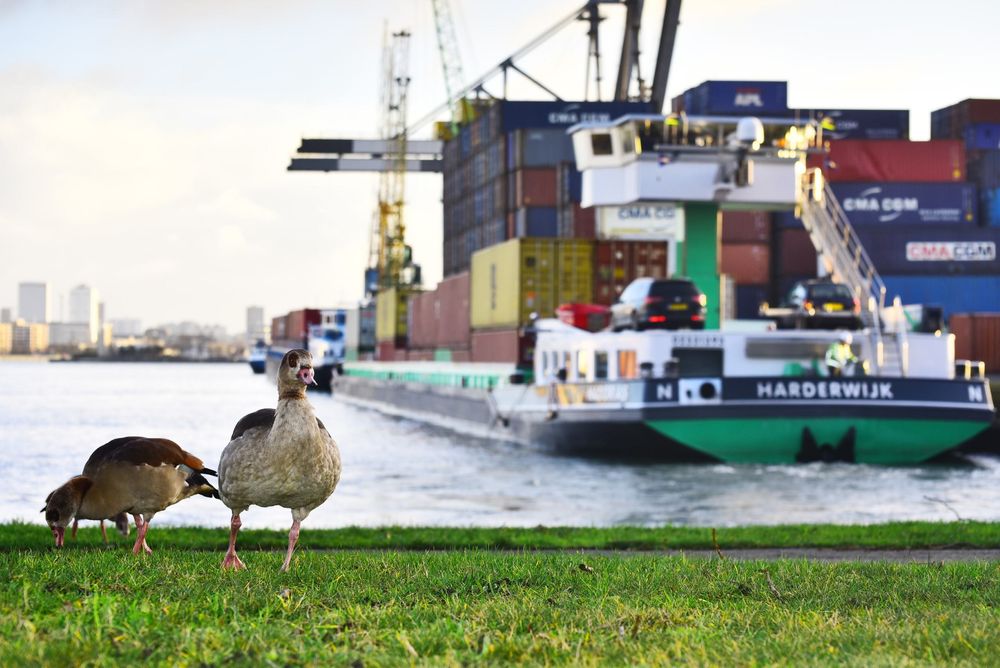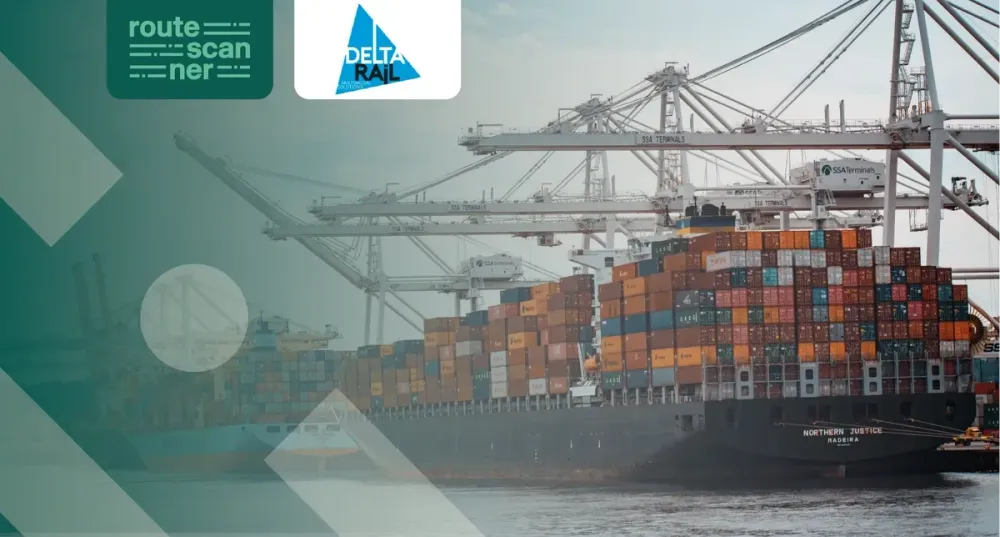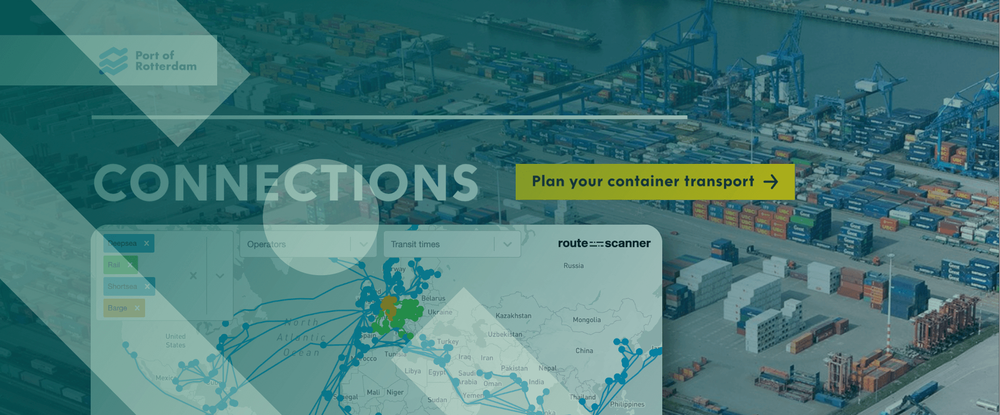
Procurement reimagined: strategic tendering in container logistics
The logistics tendering process is evolving. Where procurement once focused primarily on securing the lowest rate per TEU, today’s priorities include resilience, sustainability, and data-driven decision-making. This shift reflects broader changes in supply chain strategy, driven by increasing complexity in multimodal networks and growing demands for transparency and emissions reduction.
Tools like Routescanner are helping procurement teams adapt by providing structured, standardized insights into routing options, carrier coverage, and performance metrics.
Challenges in tendering today
Procurement teams face several persistent challenges:
• Limited visibility into multimodal transport options.
• Difficulty identifying all relevant carriers, especially for inland and shortsea routes.
• Lack of standardized data for comparing service offerings.
• Pressure to meet Scope 3 emissions reduction strategies.
As intermodal networks expand and carbon pricing becomes more prevalent, relying on partial or outdated data can lead to missed opportunities and increased risk.
How Routescanner adds value
- Enhancing route visibility
Routescanner allows users to input origin and destination points and instantly visualize available multimodal routes - rail, barge, truck, shortsea, deepsea. This helps identify alternative paths that may offer better transit times, reliability, or sustainability outcomes.
- Carrier & Operator identification
Procurement teams can access detailed information about which carriers operate on specific routes, including:
• Service frequency and transit times
• Transport modes used
• Emerging or underutilized corridors
• Historical reliability
This supports broader market engagement and helps avoid over-reliance on a limited set of providers.
- Scenario-based tendering
Routescanner enables side-by-side comparisons of routes and carriers based on standardized metrics such as:
• Transit time
• Reliability
• CO₂ emissions
• Route & cost optimization
• Carrier offering
This supports scenario planning, including:
• Exploring new destinations
• Identifying backup routes and leveraging historical reliability to improve supply chain resilience.
• Evaluating trade-offs between cost, speed, and sustainability.
Examples from practice
• A global retailer independently benchmarked over 4,000 trade lanes using data-driven insights to enhance its carrier and modality mix, gaining greater control and visibility into alternative routing options.
• A top 10 forwarder used Routescanner to identify new intermodal options and carriers, contributing to significant cost reductions.
• Another forwarder equipped trade lane managers with route-level insights to support negotiations and improve service and emissions outcomes.
These cases illustrate how structured data can shift procurement from reactive to proactive.
Why this matters
• Carbon pricing and Scope 3 reporting are becoming standard across jurisdictions.
• Customers and partners increasingly expect transparency in logistics choices.
• Disruptions—from climate events to congestion—require flexible, multimodal planning.
Procurement is no longer just about awarding contracts. It’s about building resilient, adaptable logistics ecosystems.
Summary of benefits
| Market visibility | Overview of carriers, routes, and service options |
| Efficiency | Faster identification of relevant operators |
| Cost control | Improved benchmarking to avoid overpaying |
| Sustainability | CO₂ data supports greener decision-making |
| Innovation | Enables exploration of new trade lanes and modalities |
Closing thought
As logistics becomes more dynamic and data-driven, procurement must evolve accordingly. Routescanner provides the visibility and structure needed to support strategic tendering, helping teams move from legacy practices to informed, resilient decision-making.
More from the blog

5 reasons to start cleaning up your supply chain today

Delta Rail X Routescanner

Port of Rotterdam now promotes its global network of intermodal transport connections via the Direct Connections solution
Stay in the loop
Discover how our network of shippers, forwarders, operators and terminals is growing.
Subscribe to our updates